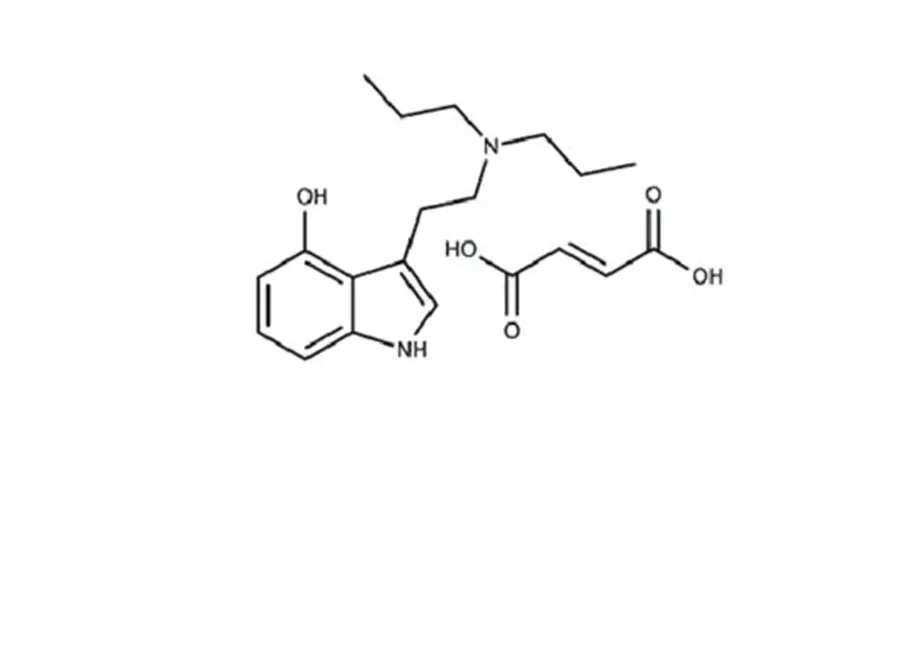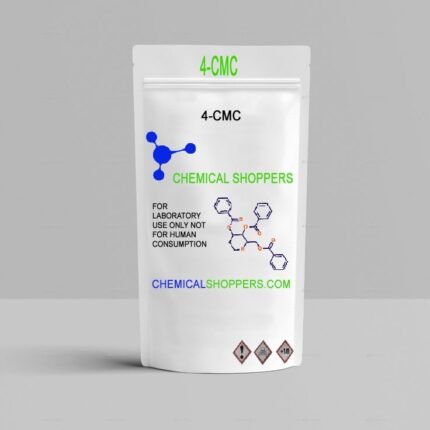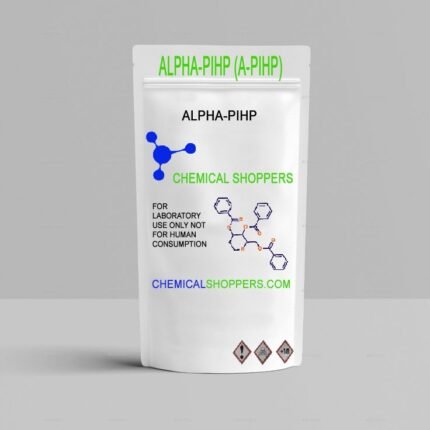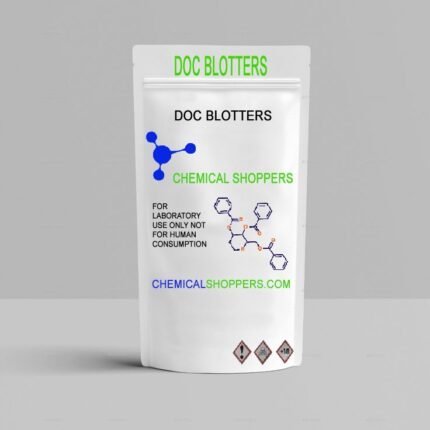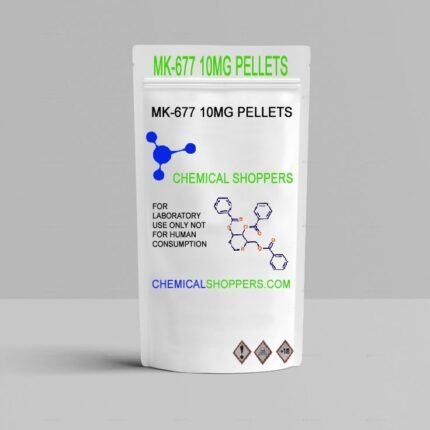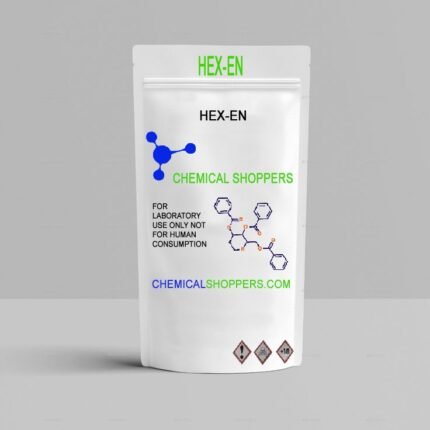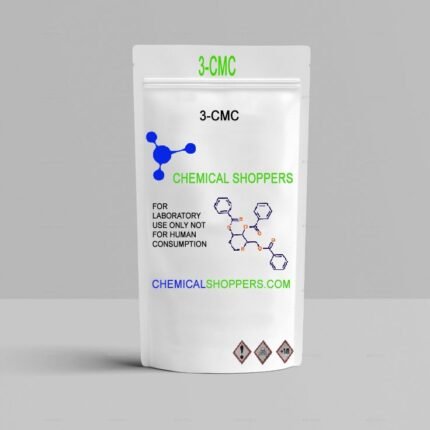4-HO-DPT fumarate
4-HO-DPT is a substance that is only sold for research purposes and is therefore not intended for consumption.
4-HO-DPT will remain stable for up to 2 years when stored in the right environment. 4-HODPT is intended for research purposes and not for consumption. Therefore, it is important to store the product out of reach of children and pets.
We offer good quality research chemicals for a fair price. Your order will be shipped within 24 hours every day. Order now 4HODPT safe and fast via!
4-HO-DPT fumarate properties
Synonym: 4-hydroxy-N,N-dipropyltryptamine fumarate
CAS Number: 63065-88-3
Formula: 3-[2-(dipropylamino)ethyl]-1H-indole-4-ol fumarate
Molar mass: 376.4 g/mol
Purity: >97%
What is 4-HO-DPT?
4-HO-DPT, also known as 4-Hydroxy-N,N-dipropyltryptamine, is a research chemical that belongs to the tryptamine class. It is closely related to other compounds in the tryptamine family. As its name suggests, 4-HO-DPT contains a hydroxyl group (OH) at the 4-position of the tryptamine molecule. This modification alters its pharmacological profile and sets it apart from other tryptamines.
Like other research chemicals, 4-HO-DPT is used for scientific purposes and is not intended for recreational or unregulated use. Researchers are studying its effects on serotonin receptors in the brain, which are involved in regulating mood, perception, and cognition. By studying these interactions, scientists hope to gain insight into the compound’s potential therapeutic applications and understand its mechanism of action.
Responsible and controlled scientific research of compounds such as 4-HO-DPT is crucial to advancing our knowledge of their properties and potential applications. Adherence to safety protocols, ethical guidelines and regulatory frameworks is paramount to ensure accurate data collection and minimize potential risks.
How did 4-HO-DPT come into being?
The origins and history of 4-HO-DPT can be traced back to the broader study of tryptamines and their effects on the human mind and consciousness. The compound has attracted the attention of researchers and scientists interested in understanding its chemical structure, properties, and potential applications. Over the years, several chemists and researchers have contributed to the study of 4-HO-DPT, including the influential work of Alexander Shulgin, a well-known figure in the field of psychopharmacology. Through meticulous synthesis and analysis, these researchers have shed light on the molecular structure of the compound and elucidated its interactions with receptors in the brain.
As an RC, 4-HO-DPT is primarily used in controlled laboratory settings for scientific research. Researchers seek to better understand its pharmacological effects, including interactions with serotonin receptors in the brain. Such studies provide valuable insights into potential therapeutic applications and mechanisms of action. Research on 4-HO-DPT contributes to a broader understanding of tryptamines and their effects on neurochemistry. Responsible research practices, adherence to ethical guidelines, and regulatory compliance are paramount when working with research chemicals such as 4-HO-DPT.
Hazard statement
4-HO-DPT may cause respiratory irritation
4-HO-DPT may cause eye irritation.
Discharging research chemicals into the environment is prohibited.
4-HO-DPT IN EYES: Rinse eyes cautiously with water for five minutes. Remove contact lenses, if present and easy to do.
4-HO-DPT IN CONTACT WITH SKIN: Wash skin with soap and water.
IF INHALED OF 4-HO-DPT: Remove victim to fresh air and keep victim in a position comfortable for breathing.


